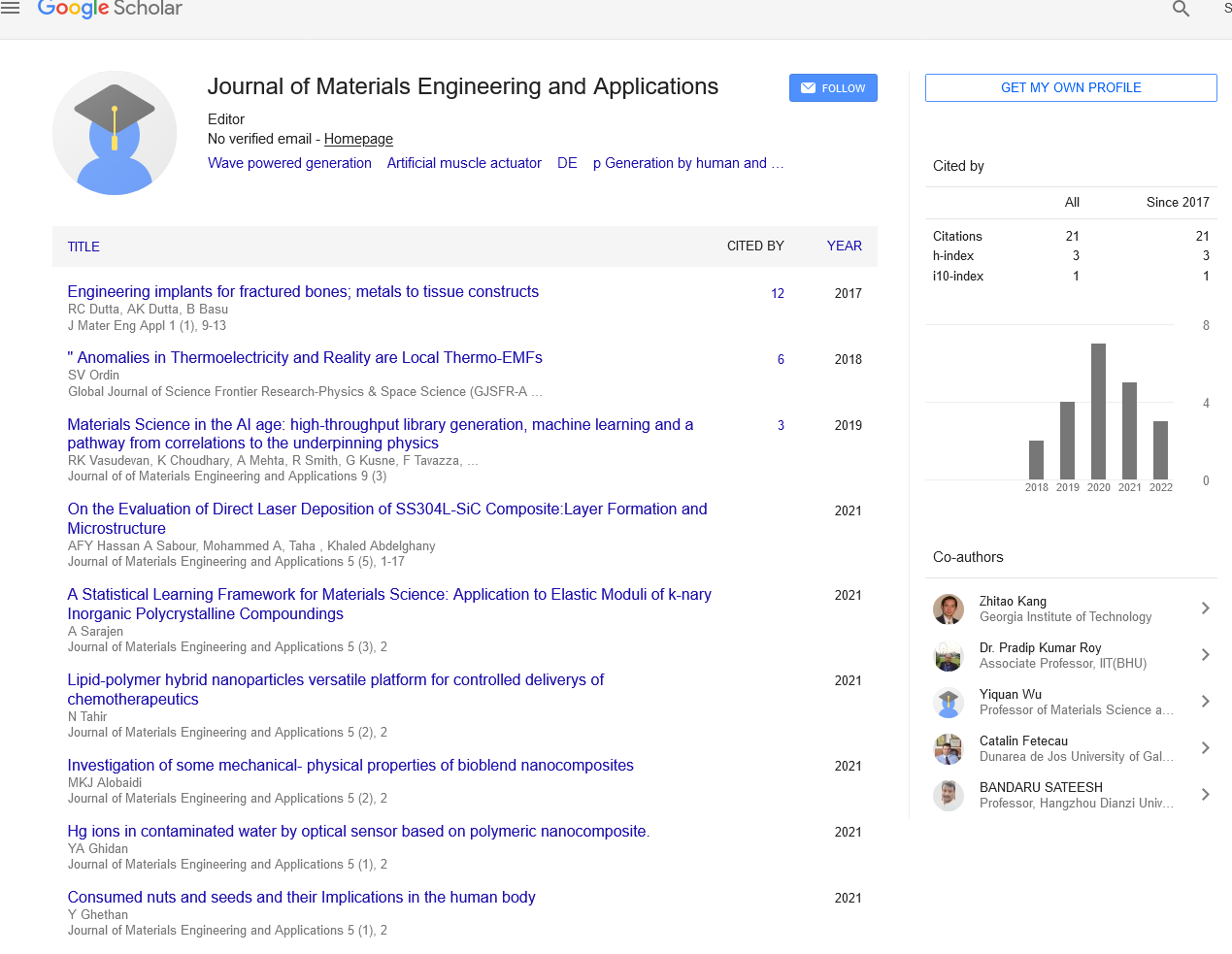
Sign up for email alert when new content gets added: Sign up
Abstract
Significance of particle size up on delivery of drug in the formulation
Author(s): Krishna SailajaParticle size reduction is considered to be a most important approach to improve the solubility, bioavailability and to attain site specific targeting of the drug. Size of drug delivery systems influences pharmacokinetics, tissue distribution and clearance. Only Nano carriers, including SLN, of a certain size (≤150 nm) are able to enter or exit fenestrated capillaries in the tumour microenvironment or liver endothelium. Nano carriers circulating in normal blood vessels do not easily leave the capillaries that perfuse tissues such as the kidney, lung and heart if they have a diameter range of 100–150 nm. Smaller particles in the size range of 20–100 nm may distribute to bone marrow, spleen and liver sinusoids. Small particles dissolve more rapidly than large ones, which is important not only in determining the behavior of the drug in vivo but also in various manufacturing processes. The flow properties of powders are strongly dependent on particle size and, in particular, particle shape. Since most powders are moved from one place to another by flowing, control of flow behavior is highly important. Generally, coarse, roughly spherical particles flow much more easily than small or elongated particles. The stability of dispersions, such as suspensions and emulsions, depends on the size of the dispersed material. The forces between colloidal particles depend on their dimensions, and the settling. In this work various colloidal drug delivery systems such as nanoparticles, ethosomes, transferosomes, liposomes, and microspheres in the delivery of drug towards the target site was discussed.




